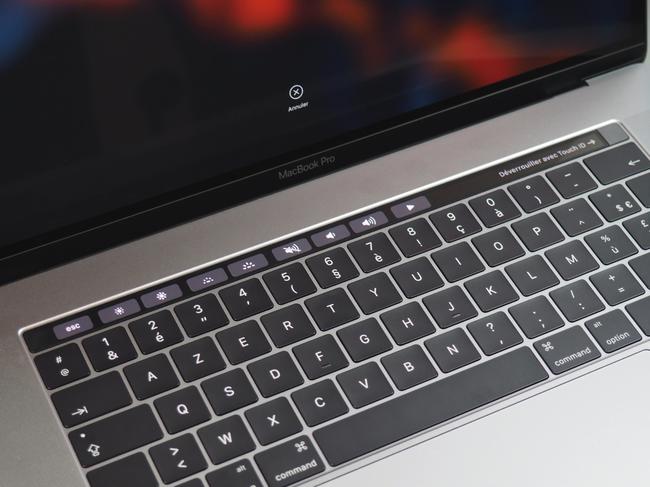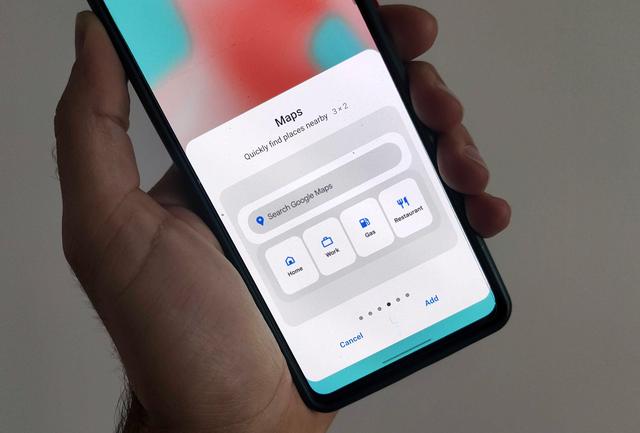To become these quick and easy -to -transport electronic machines, the computer had to undergo major transformations.Discover its story in 5 dates!
1944: Electronic Numerical Integrator and Computer
It’s a huge 30 -ton machine!Eniac has been developed in the United States.It performs 330 multiplications per second!Boredom: it has neither keyboard nor screen, less mouse.It must be programmed manually for each operation!
1947: the transistor
The transistor is the first technical revolution in electronics.He is the work of American researchers John Bardeen, William Shockley and Walter Bratain, awarded by the Nobel Prize in Physics in 1956.The word "transistor", of English "transfer resistor" or "transfer resistance", has become the name of the radio stations that could be taken with you.
1971: the microprocessor
This is the second technical revolution.Today, this piece can contain several billion transistors!This is what makes the computer reliable and space -saving.The circuits contained today measure 7 nanometers.In comparison, a hair has a diameter of 100,000 nanometers.
1974: the microcomputer Altair

The micro-computer Altair is however not quite the first.In 1973, the Frenchman André Truong presented the Micral, the first computer to use a microprocessor.Shortly after, the company IBM gave these computers the name "PC": Personal Computer or "Personal computer".
2010: the iPad
This is a flat computer, transportable with you ... This tablet is the fruit of a long evolution that started in 1987 with the Write-Top Linus.We wrote by hand, with a stylus.The machine transformed handwriting into characters.Problem: she weighed 4 kg!In 1989, Samsung sold the Gridpad, the first real tablet.But sold very expensive, she does not know public success.
The story of Margaret Hamilton, American computer scientist
This photo was taken in 1969.The young woman is called Margaret Hamilton: she is 33 years old and works for NASA, the American space agency.It poses alongside thousands of pages on which millions of IT code lines were printed.
It was his work: design the computer program to allow the Apollo Xi mission to land on the moon on July 20, 1969.
She told the incredible moment she lived: three minutes before the module reaches the moon floor, alarms started on the computer.He was likely to stop working and no longer guide the establishment.Originally: an error in the program.The computer had to perform a number of tasks above its capacities.
Fortunately, the computer had a system that was to determine what the priority tasks were.Without this system, the lunar module could simply have crashed on the moon!
Disentangle the true from the false
The ancestor of the first computer is a silk weaving job.True or false ?
It's true.
In 1725, the French inventor Basile Bouchon imagined a system to program a silk weaving profession.He uses paper strips that he pierces.Thanks to a watchmaking system, the paper strip scrolls and controls the needles that intersect silk threads.
For the first time, a machine is activated by a program and no longer directly by a man.These perforated cards were taken up in the first computers, and used until the 1960s.
To access other files and games, you can go to the L'Ect in class site.Identify yourself and connect with this code: of2020
Actuates in class also has a YouTube channel!
Partager cet article L’incroyable histoire des ordinateurs racontée aux enfantsOuest-France.fr









Farewell Touch Bar, I won't regret...
Caddy, the only web server to use H...
Burkina Faso / Gabon (TV / Streamin...
What the future of work will not b...